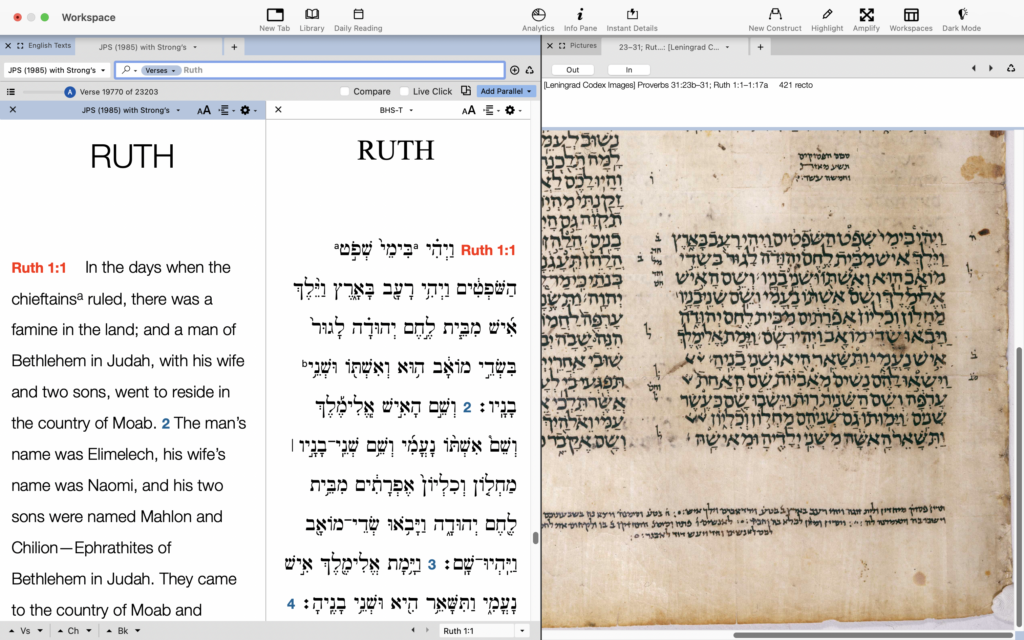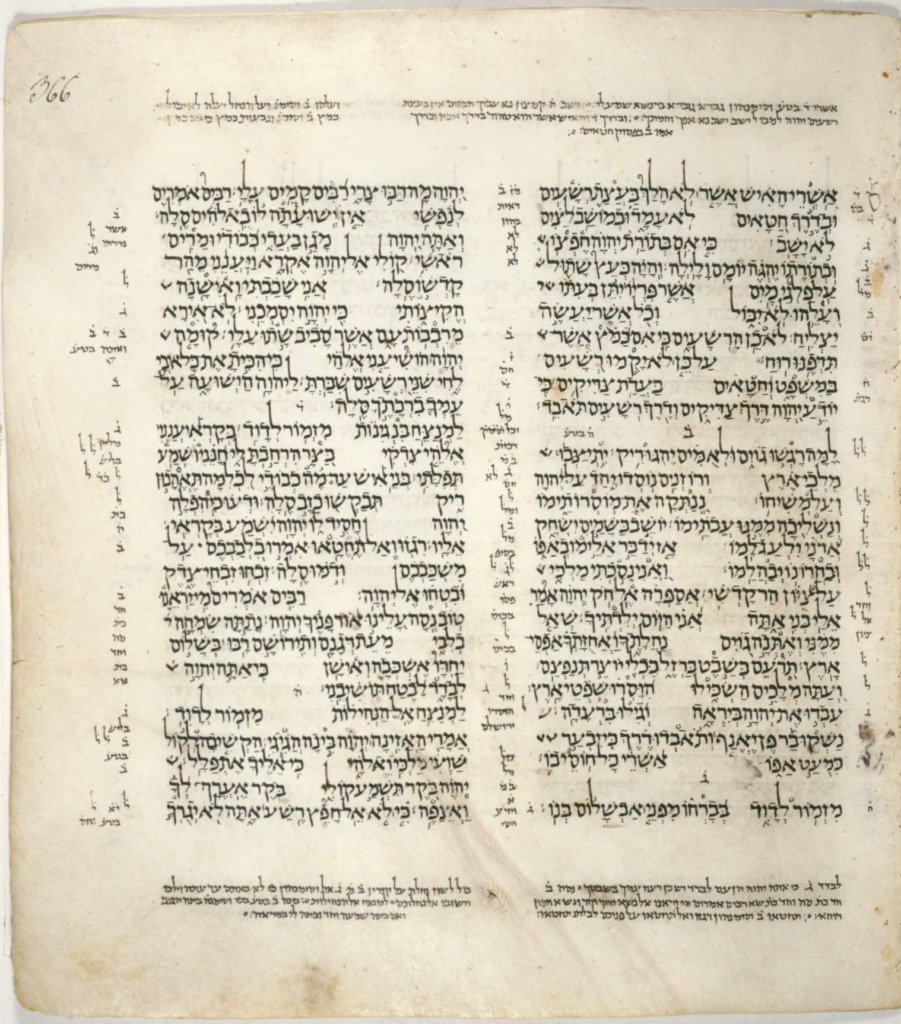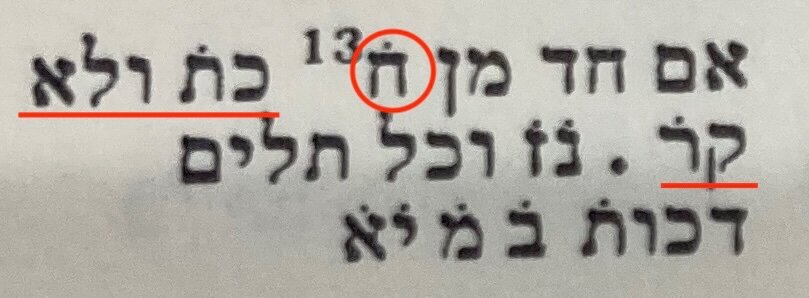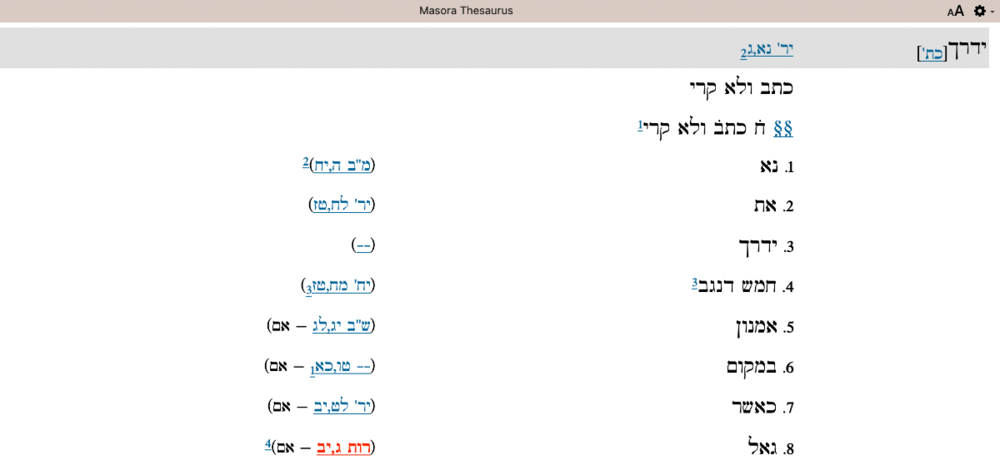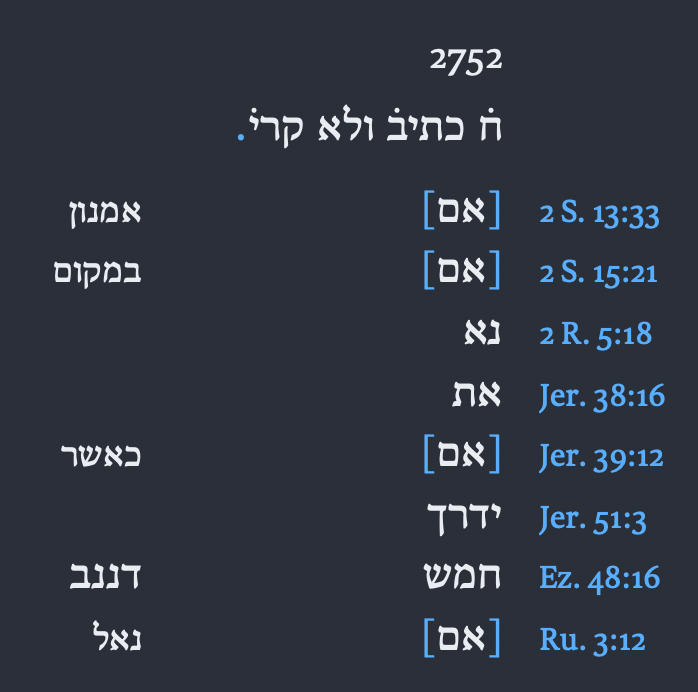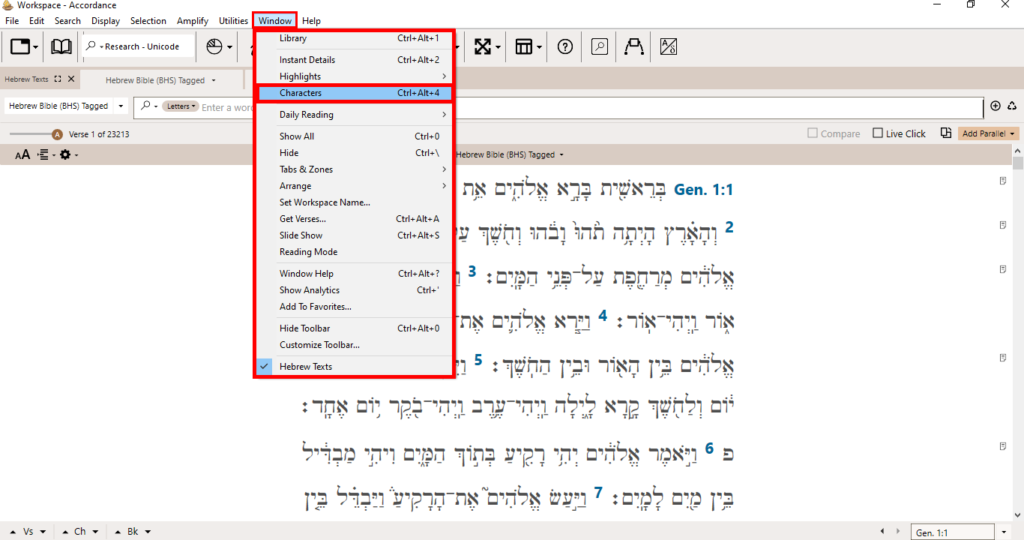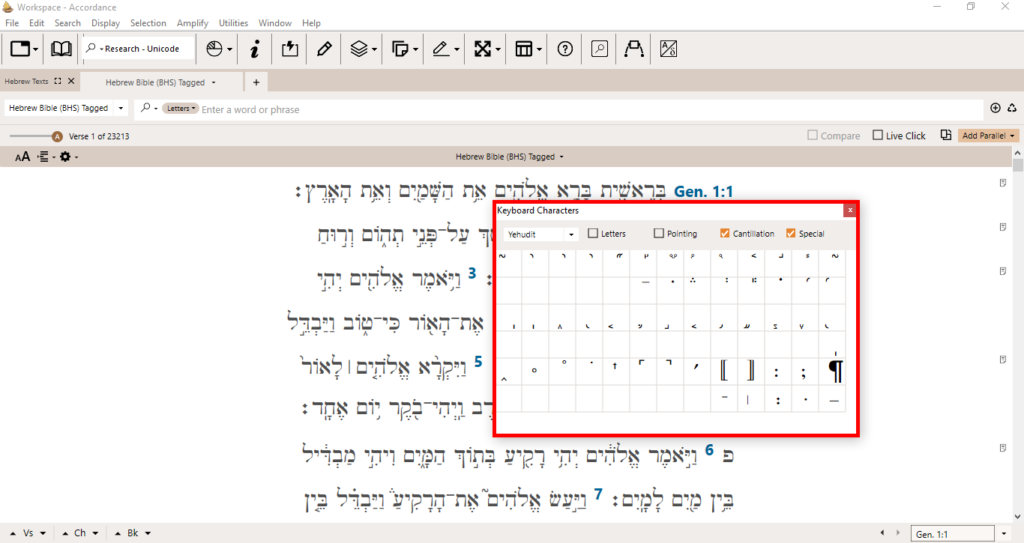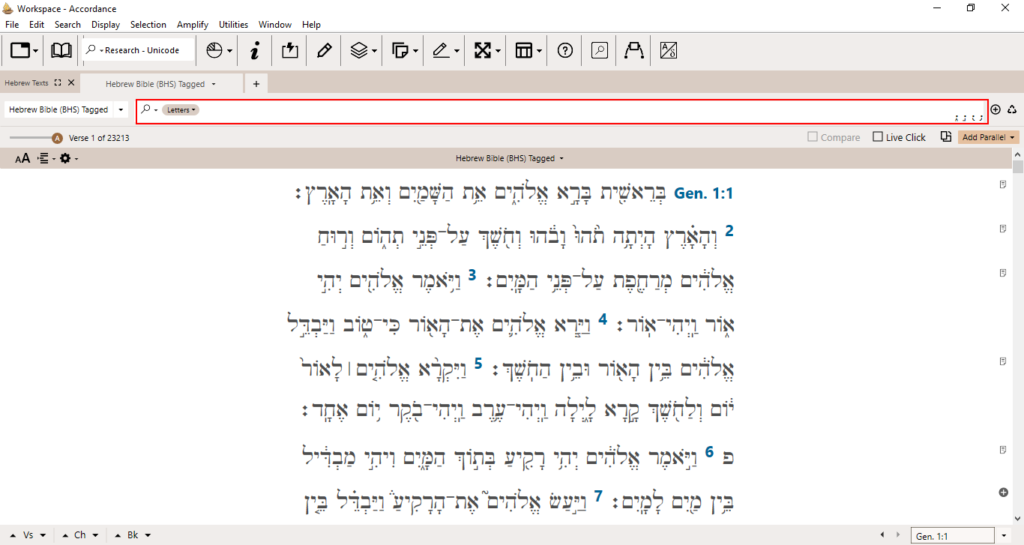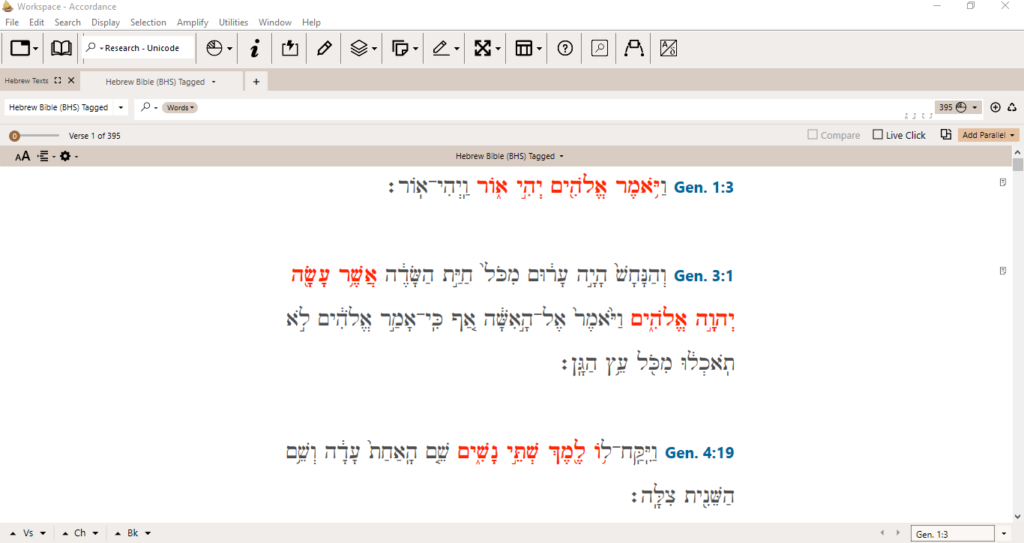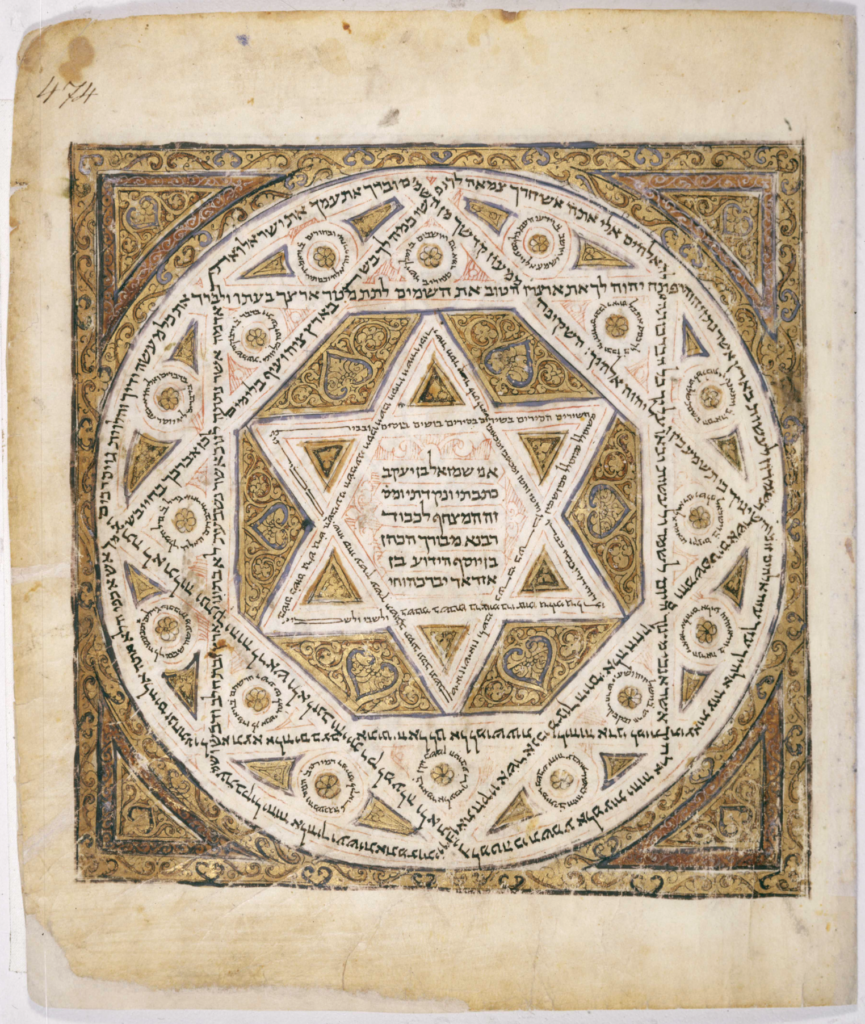
Throughout the world, there are many manuscripts (ancient copies) of individual books and sections from the Hebrew Bible. The most famous manuscripts are probably those found in Khirbet Qumran near Ein Feshka in other words the manuscripts that are popularly known as the Dead Sea Scrolls. These scrolls represent some of the earliest manuscripts of portions of the Hebrew Bible.
Two more important but not as early texts are the Aleppo Codex and the Cairo Bible, of the year 1010 (the Leningrad Codex). The Aleppo Codex is slightly older than the Leningrad Codex, but the Leningrad Codex is complete, while the Aleppo Codex has a number of missing sections. So, while the Leningrad Codex is far from having the oldest representation of any individual book of the Hebrew Bible, the Leningrad Codex is non-the-less the oldest complete Codex of the Hebrew.
Today the Leningrad Codex is housed in the Russian National Library in St. Petersburg in part of a collection of manuscripts known as the First Firkovich Collection. The Leningrad Codex is thought to have been produced in Cairo, Egypt around the year 1008–1009 CE by a scribe named Samuel ben Jacob.
Sometime between 1862 and 1876 Abraham Firkovich acquired the Leningrad Codex and brought Odessa in 1838. later the codex transferred to the Imperial Library in Leningrad now St Petersburg. Where did Abraham Firkovich find the Cairo Bible of 1010? No one knows and this remains a mystery to this day. What is not a mystery is that Paul E. Kahle recommended the use of the Leningrad Codex as the base text for the 3rd edition of Kittel’s Biblia Hebraica. From 1935 to 1937 Paul Kahle was granted permission to borrow the codex so that he could have it transcribed and typsetted to become part of the Biblia Hebraica Series. Since 1937 the vast majority of New Bible translations of the Hebrew Bible/Old Testament have used the Biblia Hebraica and thus also the Leningrad Codex.
While the Leningrad Codex is not as old as the Dea Sea Scrolls, because it is the basis for the majority of modern translations of the Hebrew Bible/Old Testament it is of great importance! However, not everyone can afford a flight to St Petersburg, and even those who can may find it difficult to get permission to study the Leningrad Codex in person. But fear not! Why? Because, the West Semitic Research Project’s photo fascicle of every page of the Leningrad Codex can now be accessed digitally on computers, smartphones, and tablets through Accordance Bible Software. With Accordance’s Leningrad Codex module, one can double-check the BHS / BHQ, read the Masoretic notes, and examine the manuscript at home or on the go.
